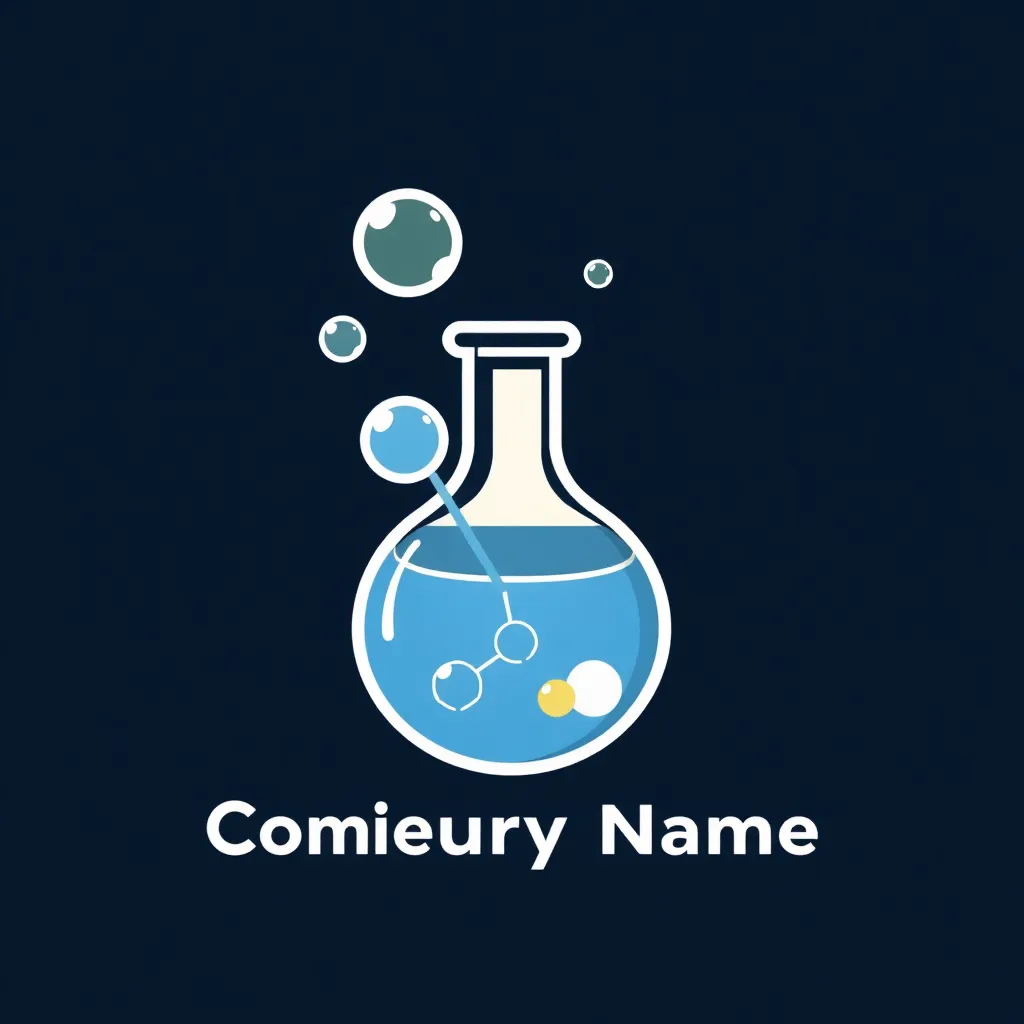
Chemistry Compound Name Generator
Accurately name chemistry compounds in seconds.
Chemistry Compound Name Generator
What is the Chemistry Compound Name Generator?
The Chemistry Compound Name Generator is a tool designed to accurately generate IUPAC-compliant names for chemical compounds based on their formula, structure, or elements.
Accurate Naming
Generates accurate and standard IUPAC names for various chemical compounds.
Versatile Input
Accepts various inputs including chemical formulas, structural diagrams (basic), and lists of elements.
Saves Time
Eliminates the complexities and time-consuming process of manually naming compounds.
Educational Tool
Helps chemistry students and educators quickly verify and understand chemical nomenclature.
Wide Range of Compounds
Handles diverse compound types, including ionic, covalent, organic, and coordination compounds.
Steps to Name Compounds with the Chemistry Compound Name Generator
Follow these simple steps to get accurate chemical names:
Inputting Data
Enter the chemical formula, structural information, or listed elements of your compound.
Specify Compound Type (If Known)
Selecting Ionic/Covalent/Organic could increase accurracy
Generate Name
Click the 'Generate' button to initiate the compound naming process.
Review Result
Carefully review the outputted compound name; further contextual validation checks are recommended, as this tool does not guarantee 100% results.
Chemistry Compound Name Generator: Unlocking the Secrets of Nomenclature
This AI-powered chemistry compound name generator serves as a valuable tool for chemists, students, and researchers. Its primary function is to translate chemical structures into their corresponding IUPAC (International Union of Pure and Applied Chemistry) names and vice versa. But it’s much more than a simple translator; this generator can:
- Predict likely IUPAC names from complex structures: Especially useful when dealing with organic molecules or compounds with intricate substituents where following the IUPAC rules manually can be time-consuming and error-prone.
- Suggest alternative names based on common nomenclature practices: Some compounds can legitimately be named in several ways. The generator helps explore those possibilities.
- Verify the correctness of existing names: By inputting a chemical name, you can compare its resulting structure to a structure generated based on the intended compound description, verifying your interpretation.
- Educate users on IUPAC nomenclature: By displaying the naming rules followed in each case, the generator aides in the understanding of chemistry nomenclature.
- Assist in database searching: Having multiple name variations for the same structure allows more comprehensive searches.
Iconic Compound Names and Their Stories:
| Compound Name | Chemical Formula | Origin/Background Story | Significance |
|---|---|---|---|
| Aspirin | C9H8O4 | Originally synthesized from salicylic acid derived from willow bark, used for pain relief and fever reduction for centuries. The Bayer company later patented “Aspirin” in 1899. | One of the most widely used medications in the world. |
| DDT | C14H9Cl5 | Discovered in 1874, but its insecticidal properties were not recognized until 1939. Rapidly adopted due to its effectiveness in controlling disease-carrying insects (e.g., mosquitoes). However, it became infamous later due to environmental concerns documented in Rachel Carson’s Silent Spring. | Significant role in controlling diseases initially, but demonstrated consequences on environmental impact due to harmful effects. |
| Amphetamine | C9H13N | Synthesized in 1887. Its stimulant properties were discovered and used medically in the 1930s for various conditions, including asthma and narcolepsy. Its use and abuse have had a long history. | Has significant use cases but potential and documented problems with abuse and associated negative consequences. |
| Buckminsterfullerene | C60 | Discovered in 1985. Named after architect Buckminster Fuller whose geodesic domes resemble the structure of the molecule. | One of the most iconic, earliest characterised fullerenes, revolutionising the field of nanotechnology. |
| Penicillin | Varies (e.g., C16H18N2O4S) | Discovered accidentally by Alexander Fleming in 1928. Fleming noticed a mold inhibiting bacterial growth. | One of the most important and influential antibiotics of the 20th and 21st centuries. It marked a sea change in medical treatment. |
| Quartz | SiO2 | Quartz comes from the German word “Quarz “ and has been known for thousands of years for its various uses in tools, weapons, decoration, and spirituality. Theophrastus first described “krystallos” around 300 B.C. | It is essential in various industrial production, found in glassmaking, abrasive blasting, and as optical components. |
Relation Tools

Movie Title Generator
Create unique and unforgettable titles for your movies. Whether it's a sci-fi epic, a romantic drama, or a chilling horror film, our generator will help you find the perfect title.

Ship Name Generator
Find the Perfect Name for Your Vessel

Bar Name Generator
Stuck on what to call your new bar or pub? Uncork your creativity with our free Bar Name Generator!

Disc Jockey Names Generator
Create a unique and memorable DJ name that reflects your style and genre!

Vampire Names Generator
Unleash the Darkness: Generate Unique & Haunting Vampire Names

Bandit Group Name Generator
Generate unique and intimidating names for your bandit groups or gangs, perfecting your universe!

WOW Human Name Generator
Create the perfect name for your Human character in the World of Warcraft universe.

Regency Name Generator
Craft Authentic Regency Era Names for Your Characters and Stories

Medieval Name Generator
Generate authentic-sounding medieval names for your characters and projects.
Chemistry Compound Name Generator Show Cases
Examples and descriptions of compound naming with the generator:
Naming Water (H2O)
Generate the name 'Dihydrogen Monoxide' for the common molecule Water, H2O.
Naming Sodium Chloride (NaCl)
Easily generate 'Sodium Chloride', the formal name of table salt, from its formula.
Naming acetic and citric acids and/or other organic building foundations
Allows generation naming acetic, citric/or other relevant organic molecular compounds efficiently utilizing simple formula details - which is otherwise complex. (Disclaimer applies).
Generate Nomenclature for Methane(CH4)
Easily and or relatively painlessly generate correct name for Methane by writing formula details as per this sample case or alternative example formats.
Ferric Oxide/or alternative, i.e - (Fe2O3).
Correctly nomenclature naming even iron rust compounds is just within acceptable/doable bounds. Simply define elemental proportions and/or chemical composition by writing those onto prompt.
Sucrose's Generic Systematic Notation (C12H22O11)
Easily create well represented or rendered nomenclature, that being as per more advanced sugars and relevant similar items.
Frequently Asked Questions
Answers to common queries regarding the Chemistry Compound Name Generator: